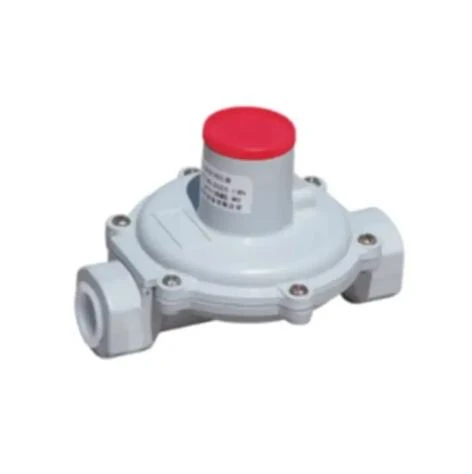
Dec . 26, 2024 19:58
Back to list
filtration
Understanding Filtration A Comprehensive Overview
Filtration is a fundamental process employed in various fields ranging from water treatment and chemical processing to air purification and medical applications. At its core, filtration is defined as the separation of solids from liquids or gases using a porous medium that allows the fluid to pass through while retaining larger particles. This method is vital not only for maintaining the quality of resources but also for ensuring safety and efficiency in industrial applications.
The Basics of Filtration
Filtration operates on the principle of size exclusion. When a mixture of solid particles and liquid (or gas) is passed through a filter, the filter acts as a barrier that traps particles larger than the pores of the filter material, allowing smaller particles and the liquid (or gas) to flow through. This process can be observed in everyday life, such as using a coffee filter to separate coffee grounds from brewed coffee or a sieve to separate flour from lumps.
Types of Filtration
There are several types of filtration methods, each suited for different applications
1. Gravity Filtration In this method, gravity is utilized to pull the liquid through the filter. It’s a simple and effective way to separate solids from liquids, commonly used in laboratories and cooking.
2. Vacuum Filtration This technique uses a vacuum to draw the liquid through the filter more rapidly than gravity alone. It’s often used in chemical laboratories for quick separation of soluble substances from precipitates.
3. Crossflow Filtration Unlike traditional filtration that allows the feed liquid to pass straight through, crossflow filtration circulates the liquid parallel to the filter surface. This method is particularly effective for concentrating or purifying fluids while reducing fouling.
4. Microfiltration, Ultrafiltration, Nanofiltration, and Reverse Osmosis These are all membrane filtration techniques that separate components based on size and charge. Microfiltration removes larger particles such as bacteria, while ultrafiltration can eliminate viruses and larger organic molecules. Nanofiltration and reverse osmosis can filter out even smaller particles, including dissolved salts and sugars, making them ideal for water purification.
filtration

Applications of Filtration
The applications of filtration are extensive
- Water Treatment One of the most critical uses of filtration is in the treatment of water for human consumption. Filtration processes remove contaminants, bacteria, and other harmful particles, ensuring that the water is safe to drink.
- Air Filtration In industrial settings and residential applications, air filtration systems capture dust, pollen, smoke, and other particulates to improve air quality. HEPA filters, for example, are extensively used in hospitals and homes to trap allergens and pathogens.
- Food and Beverage Industry Filtration plays a crucial role in the clarity, safety, and preservation of food and beverages. It is used to clarify juices, beer, and wine, ensuring a pristine product reaches the consumer.
- Pharmaceuticals In the pharmaceutical industry, filtration ensures the separation of active ingredients from excipients and contaminants, playing an essential role in the production of safe and effective medications.
Future Trends in Filtration
As technology advances, the field of filtration continues to evolve. Innovations in materials, such as the development of nanomaterials and smart filters that can detect contaminants in real-time, promise to enhance the efficiency and effectiveness of filtration systems. Moreover, there is a growing trend towards sustainable filtration practices, with an emphasis on reducing waste and energy consumption.
Conclusion
In conclusion, filtration is an indispensable process that spans multiple industries and applications. Its ability to purify and separate materials enhances not only the quality of products but also the safety of consumables. As we continue to face challenges related to environmental sustainability and health, the importance of advanced filtration methods and technologies will undoubtedly grow, shaping a cleaner and safer future for all. Thus, understanding the principles and applications of filtration is essential in a world that increasingly prioritizes quality and safety.
Latest news
-
Safety Valve Spring-Loaded Design Overpressure ProtectionNewsJul.25,2025
-
Precision Voltage Regulator AC5 Accuracy Grade PerformanceNewsJul.25,2025
-
Natural Gas Pressure Regulating Skid Industrial Pipeline ApplicationsNewsJul.25,2025
-
Natural Gas Filter Stainless Steel Mesh Element DesignNewsJul.25,2025
-
Gas Pressure Regulator Valve Direct-Acting Spring-Loaded DesignNewsJul.25,2025
-
Decompression Equipment Multi-Stage Heat Exchange System DesignNewsJul.25,2025

